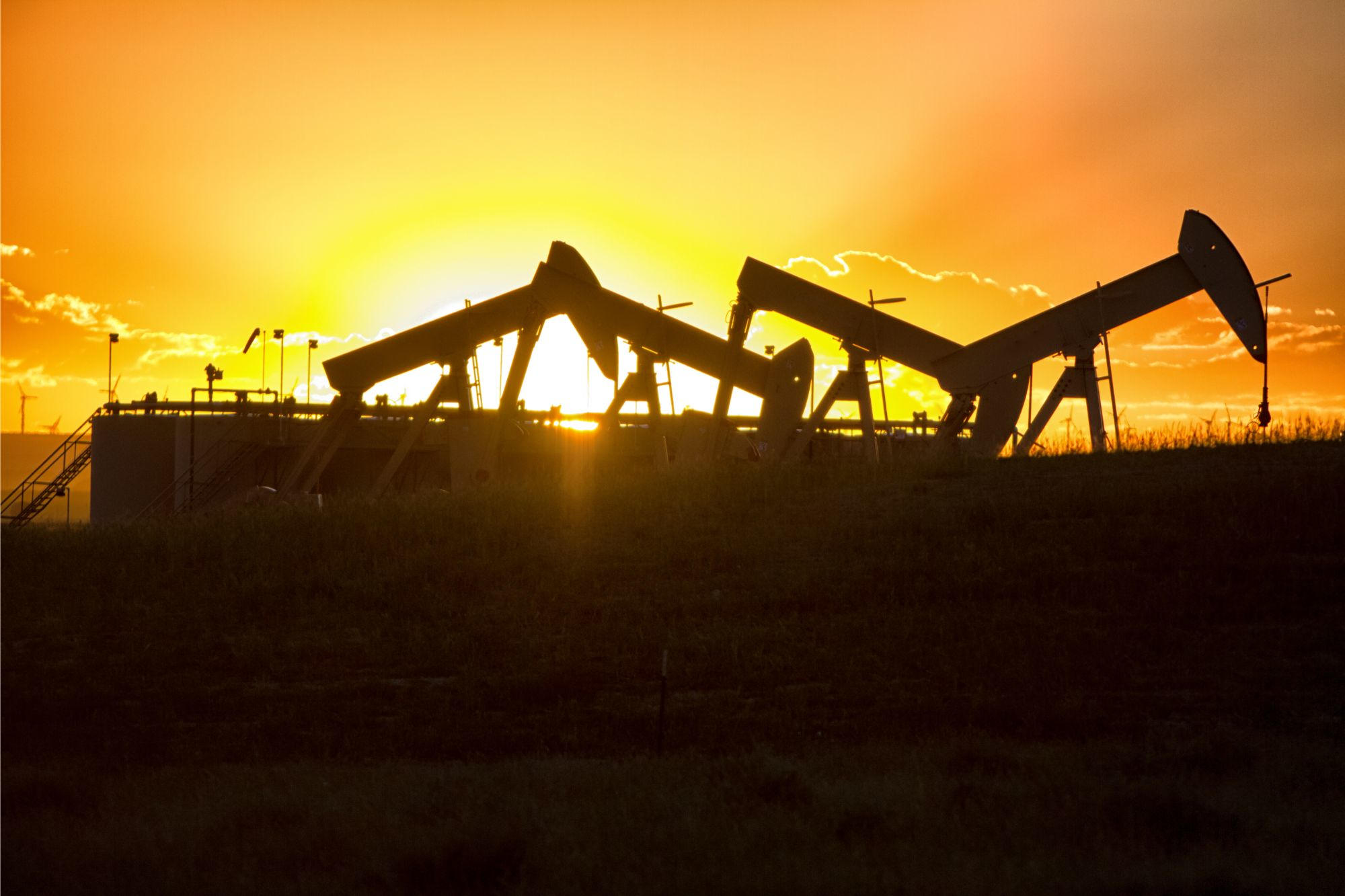
New research suggests that hydraulic fracturing, even with liquid carbon dioxide, causes small tremors that were not previously clearly attributed to the process. While CO2 fracking can sequester carbon, benefiting the environment, both CO2 and water-based hydrofracking can trigger these tremors, with the potential for even greater damaging earthquakes.
New research has confirmed that hydraulic fracturing is responsible for slow, small earthquakes or tremors that were previously unexplained. Tremors are produced by the same processes that can trigger large, damaging earthquakes.
Hydraulic fracturing involves the forceful injection of fluids underground to extract oil and natural gas. While it is typically performed using wastewater, this particular research looked at the results when using liquid carbon dioxide. This method pushes the carbon deeper into the Earth, preventing it from contributing to atmospheric heat retention.
With some EstimatesCracking carbon dioxide could save as much carbon annually as a billion solar panels. It is beneficial for the environment for fracking to be done using liquid carbon dioxide compared to wastewater, which does not keep carbon out of the atmosphere.
“Since this study examines the process of underground carbon sequestration, there may be positive implications for sustainability and climate science,” said Abhijit Ghosh, an assistant professor of geophysics at the University of California, Riverside and a co-author of the study in the journal. Sciences.
Because carbon dioxide is a liquid, Ghosh said the results of this study almost certainly apply to hydraulic fracturing with water. Both are likely to cause tremors.
On a seismograph, earthquakes and regular tremors appear differently. Large earthquakes cause sharp tremors with high amplitude pulses. The tremors are gentler, rising slowly above the background noise at a much lower amplitude, then slowly decreasing.

Shale gas drilling platform (fracking) near Alvarado, Texas. Credit: Loadmaster (David R. Tribble)
“We are pleased that we are now able to use these tremors to track the movement of fluids from hydraulic fracturing and monitor the movement of faults resulting from fluid injection,” Ghosh said.
Previously, there was controversy among seismologists about the source of earthquakes. While some papers argued that the tremor signals were caused by large earthquakes occurring thousands of miles away, others thought they might be caused by noise generated by human activity, such as the movement of trains or industrial machinery.
“Seismographs are not smart. You can drive a truck nearby, or kick one with your foot, and it will record that vibration,” Ghosh said. “That’s why we didn’t know for sure for some time whether the signals were related to fluid injection.”
To determine its source, researchers used seismometers installed around a hydraulic fracturing site in Wellington, Kansas. The data covered the entire six-month fracking injection period, as well as a month before and a month after injection.
After eliminating the background noise, the team showed that the remaining signals were generated underground and only appeared while fluid injection was occurring. “We did not detect tremors before or after the injection, which suggests that tremors are related to it,” Ghosh said.
It has been known for some time that hydraulic fracturing can produce larger earthquakes. To prevent faults from sliding underground and causing tremors, one option is to stop hydraulic fracturing. Since this is unlikely, Ghosh says it is important to monitor these activities to understand how their rocks deform and track the movement of fluids after injection.
Modeling experiments can be performed to help companies determine which fluid injection pressures should not be exceeded. Staying within these limits helps ensure that fluids do not move toward large underground faults, leading to harmful seismic activity. However, not all errors are fixed.
“We can only model this type of experiment when we know there is an error present. It is possible that there are errors that we do not know about, and in those cases, we cannot predict what will happen,” Ghosh said.
Reference: “Jitter signals during fluid injection are generated by fault slip” by Shanku Neogi, Abhijit Ghosh, Abhash Kumar, and Richard W. Hammack, August 3, 2023, Sciences.
doi: 10.1126/science.adh1331

“Beer aficionado. Gamer. Alcohol fanatic. Evil food trailblazer. Avid bacon maven.”
